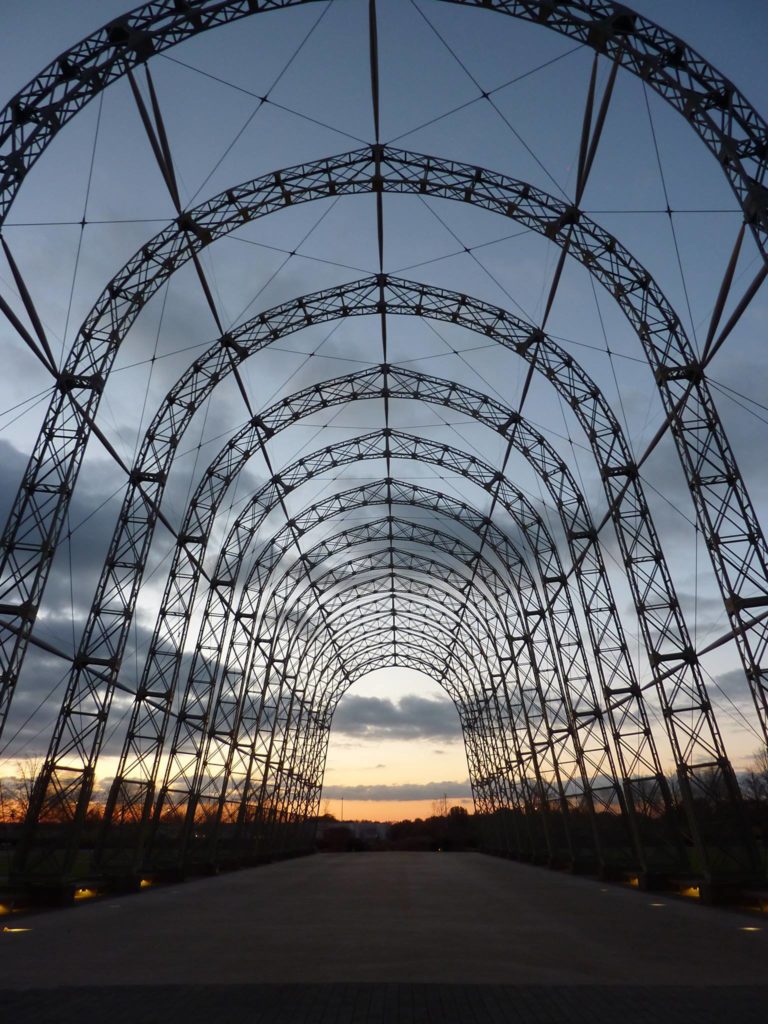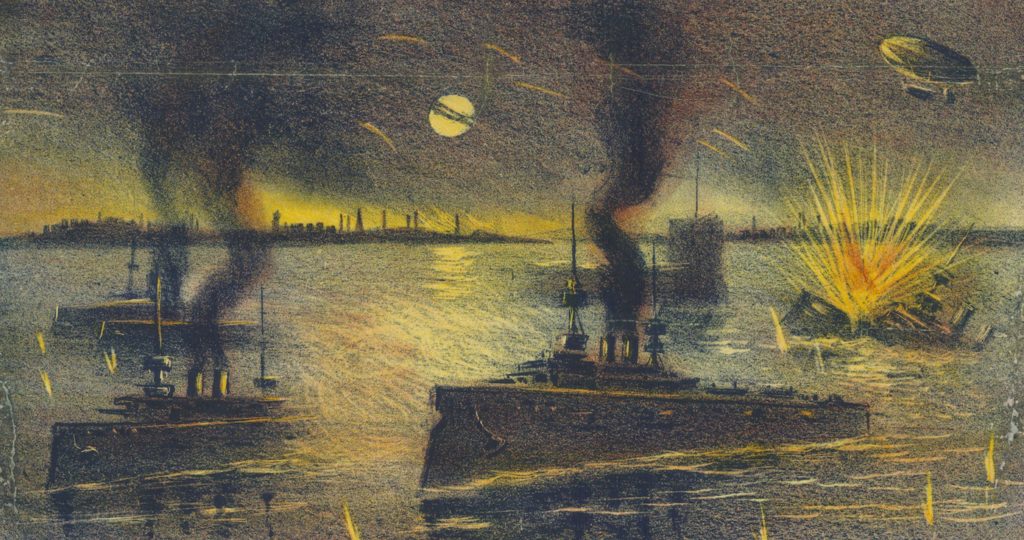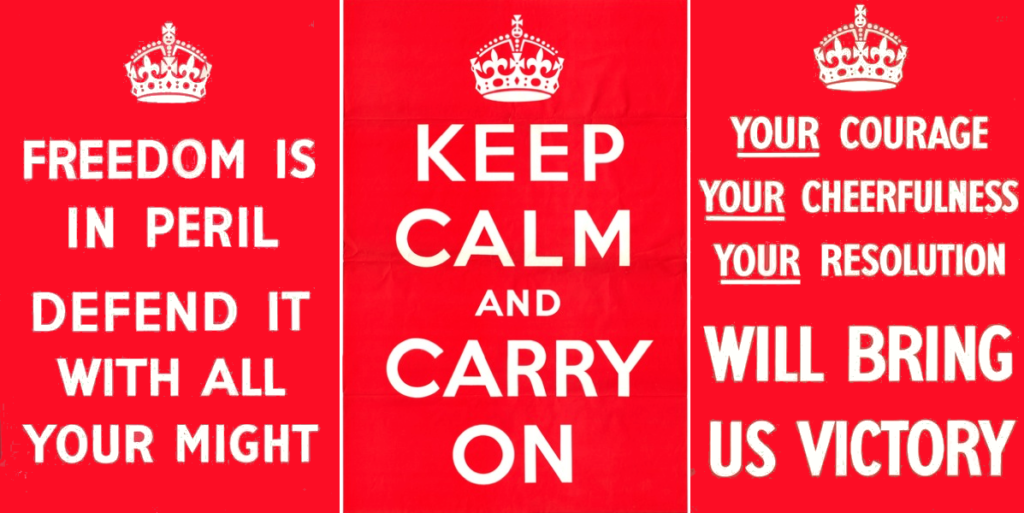Acquisitions
Robin Archer, Joy Damousi, Murray Goot and Sean Scalmer, eds. The Conscription Conflict and the Great War. Clayton: Monash University Publishing, 2016. A solid set of essays covering the Australian conscription debate from its political and philosophical origins to the way it has been remembered. The selling point for me was the comparative section, with […]





